18+ Sample Damage Checklist
-
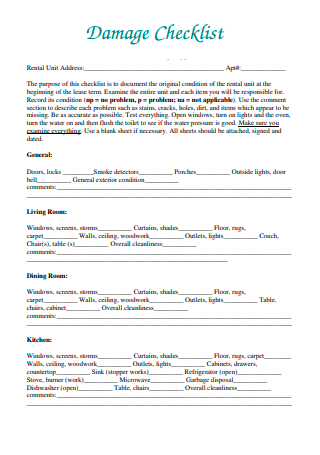
Damage Checklist Template
download now -
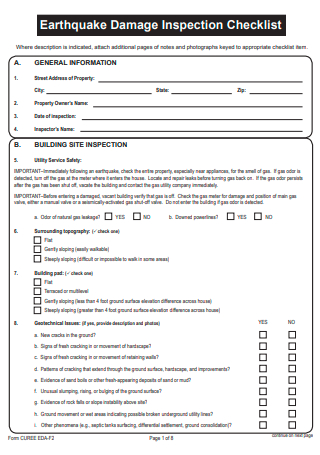
Earthquake Damage Inspection Checklist
download now -
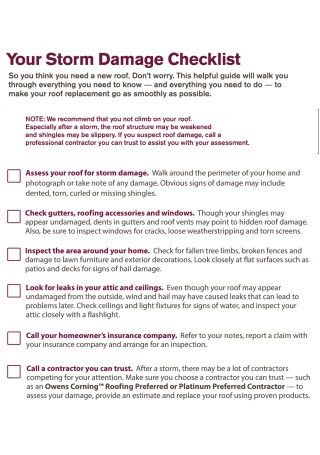
Storm Damage Checklist
download now -
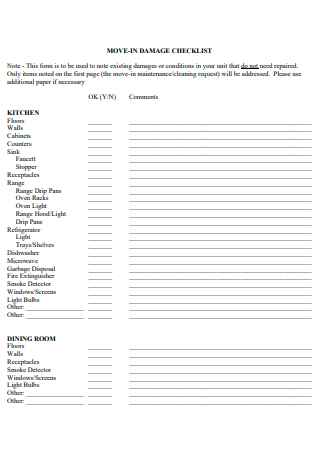
Move In Damage Checklist
download now -
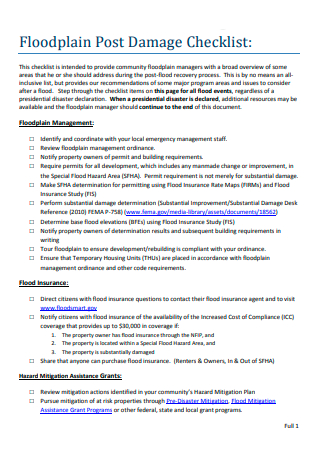
Post Damage Checklist
download now -
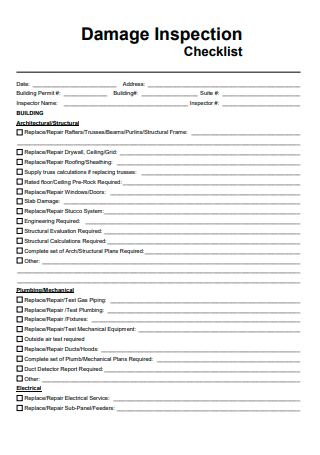
Damage Inspection Checklist
download now -
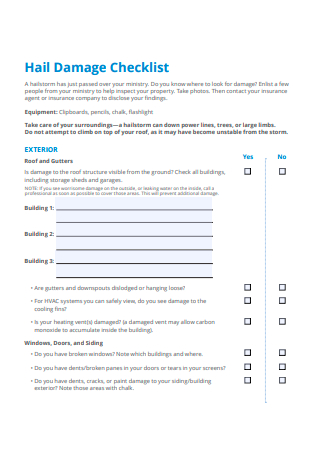
Basic Damage Checklist
download now -
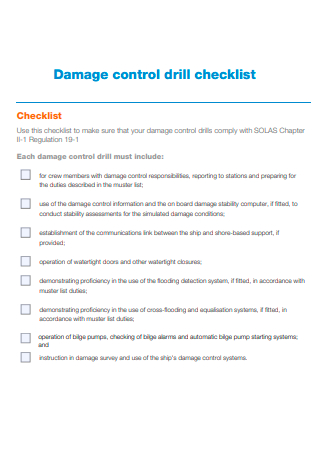
Damage Control Drill Checklist
download now -
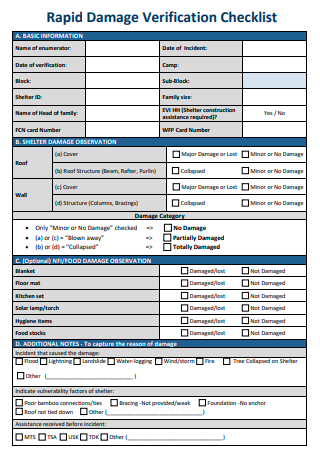
Rapid Damage Verification Checklist
download now -
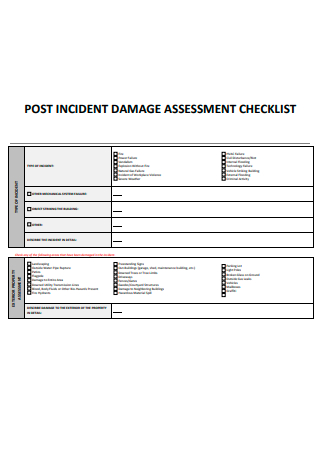
Post Incident Damage Assessment Checklist
download now -
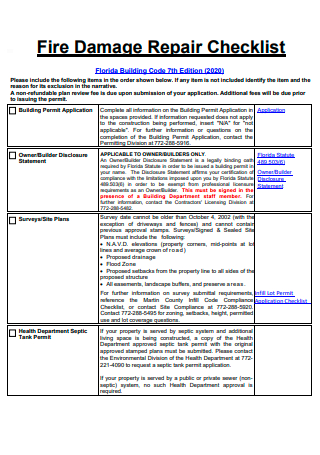
Fire Damage Repair Checklist
download now -
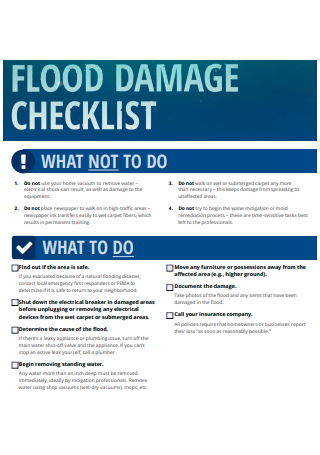
Flood Damage Checklist
download now -
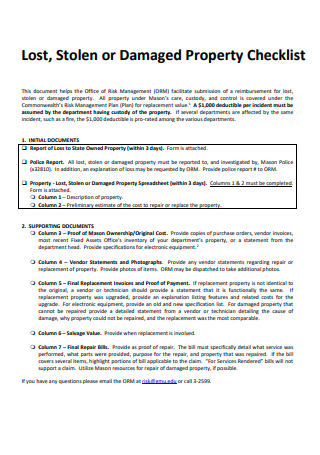
Damaged Property Checklist
download now -
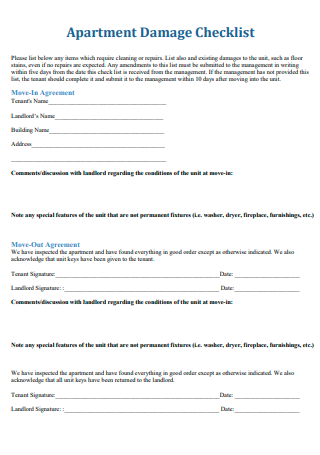
Apartment Damage Checklist
download now -
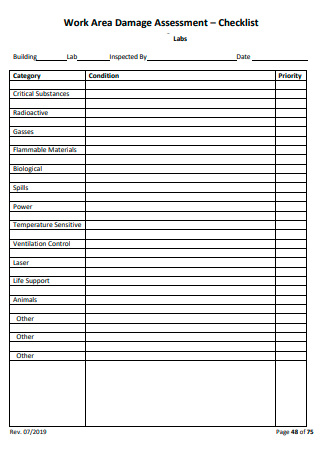
Work Area Damage Assessment Checklist
download now -
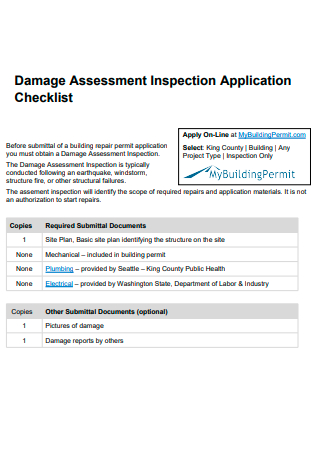
Damage Assessment Inspection Application Checklist
download now -

Damage to Work Areas Checklist
download now -
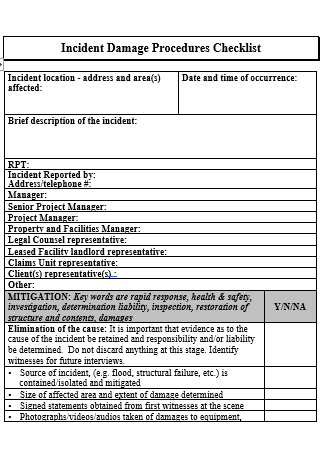
Incident Damage Procedures Checklist
download now -
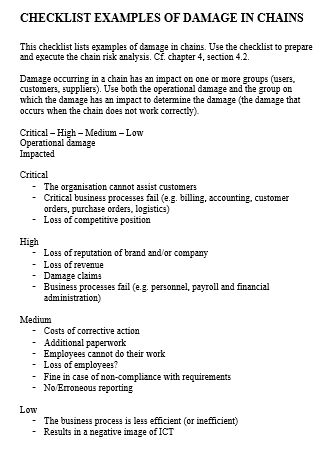
Damage in Chains Checklist
download now
FREE Damage Checklist s to Download
18+ Sample Damage Checklist
What is a damage checklist?
Reminders in Making a Checklist
Reasons to Use a Checklist
How to Make a Damage Checklist
Steps to Take Both before and after a Dangerous Event
FAQs
What is the importance of using a checklist?
What are the advantages of utilizing a checklist in the field of health and safety?
What should I do if I accidentally damage a rented property?
What is a damage checklist?
A Checklist is a list of objectives that must be checked, verified, or inspected. From construction inspections to sophisticated medical procedures, checklists are utilized in almost every area. This goes to show that even the most complicated projects may need even the simplest checklist. Through a checklist, you may guarantee that you don’t forget any crucial tasks. You should double-check that you are meeting the intent of each item on your checklist and, if necessary, take notes, photographs, audio, video, or audio recordings as additional materials. Creating a property damage checklist may be challenging if you don’t know how to start, check out the available templates above for references.
Reminders in Making a Checklist
There is no such thing as a flawless checklist, but if you follow these basic steps, you should be able to create one that is both thorough and trustworthy. Safety Inspections are important to ensure the state of the project or property you are handling. Make use of the available damage assessment checklist in order to examine the situation and notify of any discrepancies. You may also manage your checklists or chosen templates from above with easy access to audit and inspection outcomes using your gadgets and devices.
Reasons to Use a Checklist
Every day, you will always be busy handling different tasks and executing numerous projects especially if you own land or buildings. In order to walk through this management role with ease, a checklist is present to gently lead you through a procedure. Although it isn’t necessary to complete it one step at a time, it is essential to tick off and note as many items as possible.
How to Make a Damage Checklist
The goal of this checklist is to document the rental unit’s original condition at the start of the lease period. Examine the whole unit as well as the items for which you will be responsible. Make a note of its state such as if there are no issues, problems, or it may not be applicable. Describe each issue, such as stains, cracks, holes, filth, and items that appear to be missing, in the comment area. Make sure you are as precise as possible. Everything should be tested. Make certain you look over everything. It may be stressful to start with a blank sheet. Templates and samples for rental damage checklists are available above that you can still use as references or you can find one that suits your preference.
Step 1: Check the General Exterior Condition
The first and very important step entails that you must ensure of the safety and security of the leased property. This includes making sure the doors are secure and properly screwed and the presence of two or more locks that they can use to shut out unwanted visitors. Although not as commonly used, smoke detectors are also an option to add to your property in case a fire or related Accidents come up. Check the porches, outside lights, and if there is a doorbell as well if they are functioning well.
Step 2: Inspect Private and Shared Rooms
The following checklist could be applicable for private and shared rooms such as the living room, dining room, kitchen, and also bedrooms. Ensure that the windows and curtains or shades are present. That the floor, rugs, or carpet do not have any obstruction that can harm or potentially damage the tenant. Check that the walls or ceiling have no presence of molds or creatures living within. As well as the general cleanliness of the furniture within the rooms.
Step 3: Examine Bathrooms
Similar to the prior step, you should check for the windows, curtain shades, walls, ceiling, and the floor for any obstructions that can harm the tenant. As well as outlets, lights, fans, sink, and tub if they are functioning well and without any issues. And most especially, if the toilet flushing mechanism is operating properly.
Step 4: Signatures and Print out copies
After carefully reviewing the property and each of the rooms, then you must secure your signature along with the name and contact information as the authorized individual in performing the routine damage checking. This helps tenants be informed of the state of the property they are leased with as well as in cases of uncovered damage, then it would be easier to track what had gone wrong or had been missed and overlooked. This last step may require you to print out multiple copies and give them out to each tenant that is occupying the property you are owning.
Steps to Take Both before and after a Dangerous Event
When you make a claim for property damage with your insurance company, you should do all you can to maximize the settlement they provide you. Because insurance companies are in the business of making money, they want to pay you as little as possible, so careful planning, organization, and attention to detail are essential. You must do the following to get the most out of encountering a dangerous event.
FAQs
What is the importance of using a checklist?
Checklists give detail for each stage of a process, allowing you to stay organized. It may be used as a visual reminder, a method of prioritizing activities, and a means to arrange all that has to be done in order to avoid missing deadlines. It’s simple and straightforward to use, and it’s quite efficient in making sure you do all of the tasks.
What are the advantages of utilizing a checklist in the field of health and safety?
It’s a good thing we have a checklist to keep you organized so you can focus on what matters most: keeping your employees safe through health and safety inspections. Our health and safety inspection checklist make it easy to identify workplace risks that need to be addressed.
What should I do if I accidentally damage a rented property?
If the tenant causes or permits damage to the Property, the landlord or agent may request that the tenant arrange for repairs or pay for the expenses of repairs if the landlord or agent does them. To increase your chances of receiving a rent decrease, make sure to make a fair request. You should include any and all proof of your difficulties and disruptions. If you’re still unsure if you qualify for compensation or what a fair sum would be, get legal assistance from a housing solicitor.
No one wants to live in an unsafe environment, especially if they come from a busy day filled with work and stress. Providing that sense of relief and comfort to your tenants is important to bring the maximum level of provision. Not only would you be doing your job as a landlord well, but you are also making sure no issue can come for uncovered damages. Which would help you and your tenant avoid the stress of worrying about facing authorities when damage is discovered.
